My blog this week is focusing on Lemurs in celebration of World Lemur Day which is the last Friday in October every year, this year it falls on the 25th.
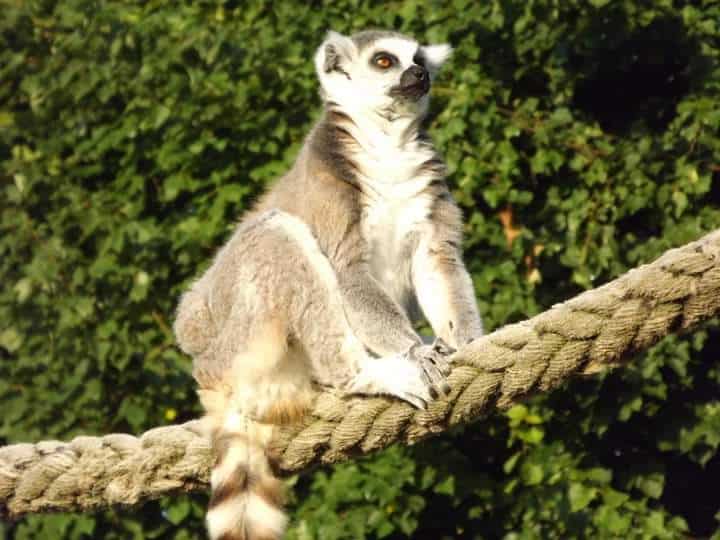
When visitors see our Ring-tailed lemurs for the first time we tend to hear them say “look at the monkeys”. But lemurs are not monkeys and you may see keepers grimace a little at the comment. Not all primates are monkeys, but all prosimians, monkeys and apes (including humans) are primates.
Lemurs fall into the primate family of prosimian, along with tarsiers, lorises and galago’s.
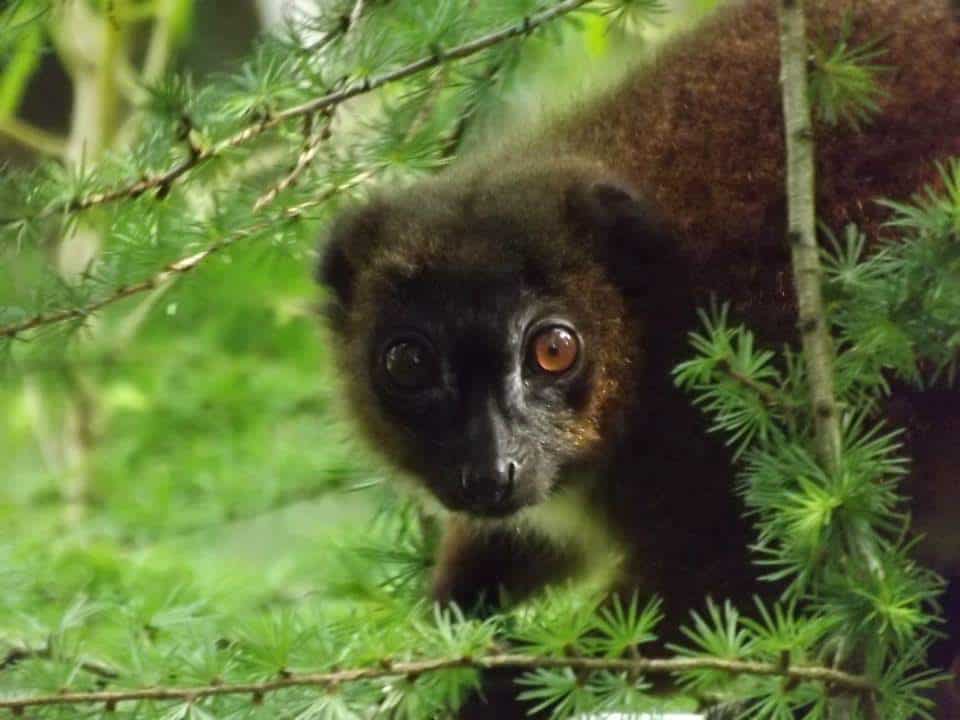
Lemurs are only found on the island of Madagascar, which makes them extremely vulnerable to threats facing their populations.
There are around 100 species of lemur ranging from the tiny Mouse Lemur, weighing in at 30g to the largest living lemur, the Indri, weighing 9kg. Lemurs get their name from the Latin word lemures meaning ghost or spirit. This is because the Malagasy people believed they were similar to spirts due to their wide eyed stare, nocturnal habits and interesting vocalisations.
Although the term “lemur” was first intended for slender lorises, it was soon used for the endemic Malagasy primates, which have become known as “lemurs”.
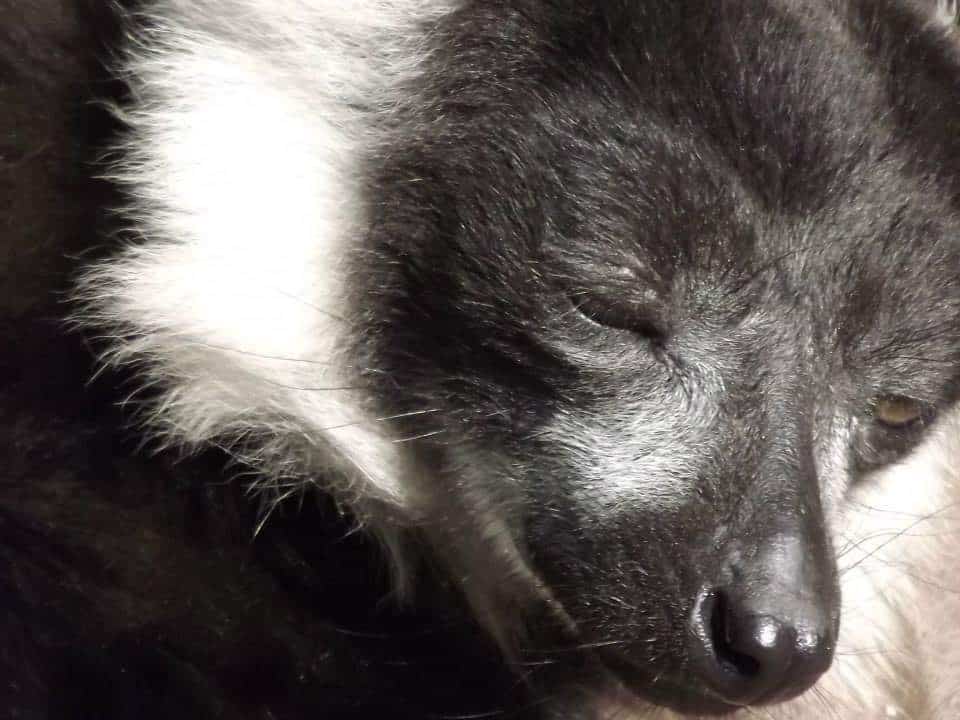
Lemur diets
Lemurs are extremely specialised to their environment and diets, meaning that two species can occupy the same forest by feeding on different items.
The family of Bamboo lemurs, consisting of 5 species and 3 sub-species almost exclusively feed on bamboo. Bamboo shoots contain extremely high amounts cyanide and it is still unknown how Bamboo lemurs cope with this very toxic diet.
The Aye-Aye, which is the largest nocturnal lemur has a very unique way of finding its food, grubs. It has an extremely long middle finger which it uses to tap on wood and listen out for grubs underneath the bark. It then uses its rodent-like teeth to chew a hole and uses its long finger to hook the grub out.
So what are the threats lemurs are facing in Madagascar?
The biggest threat facing lemurs is habitat destruction and fragmentation. Vast areas of forest have been cleared for agriculture, mining and logging. Slash and burn techniques are also being used to clear forests which in turn gets out of hand and more trees are lost.
Less than 10% of Madagascar remains covered in forest and due to the country’s instability this remains a constant threat.
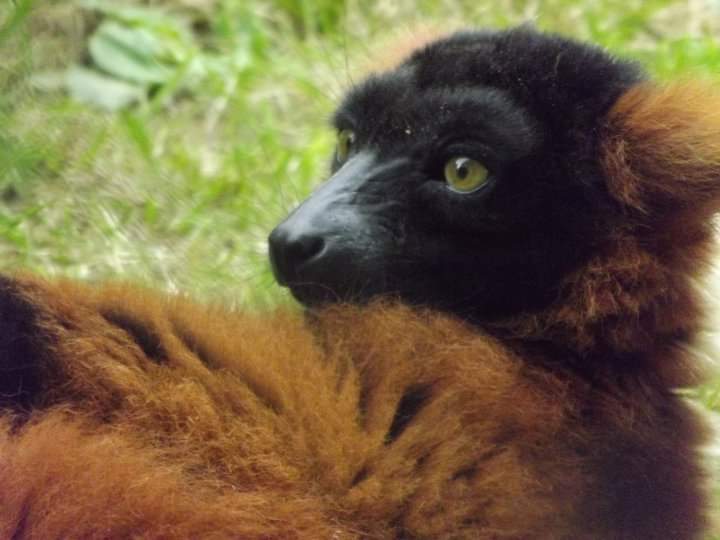
Diseases such as toxoplasmosis, which is spread in the feaces of feral cat populations and herpes simplex virus, which is carried by humans are deadly to lemurs.
Climate change and natural disasters are all threats that lemurs face. Madagascar can be hit by cyclones during January to March (the cyclone season) which can destroy large areas of forest. Also, severe droughts have become more frequent as the earth’s temperature rises.
Lemurs are also hunted for food and the illegal pet trade. In rural communities lemur meat can help support the local people’s protein needs in hard times and in the cities lemurs are considered a luxury meat to consume. The growth in lemurs being kept as pets has also led to a rise in hunting, where poachers will kill adults for the bush meat industry and keep babies to be sold as pets.
The lack of protection for national parks has led to a dramatic fall in lemur numbers. In 2008 Ring-tailed lemurs were classed as Near Threatened. In 2014 their status was changed to Endangered on the IUCN red list, with a wild population thought to be less than 2,000 in 2017. An iconic lemur species is now on the brink of extinction in the wild showing how quickly things can go wrong.
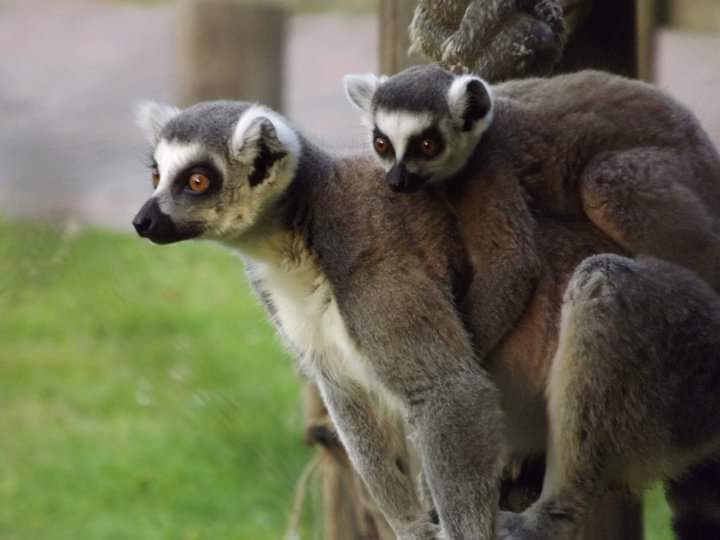
In 2013 the IUCN repeated its concern about the state of the wild population of lemurs, noting that 90% of all lemur species could be extinct in the next 20-25 years and considering that this was 6 years ago already, time is running out.
70% of Madagascar’s population live in poverty and with a population that is constantly increasing this can only get worse.
BUT….
There are conservation plans in place to help lemurs.
Eco-tourism is a great way to support the local people. By providing them with jobs and giving them opportunities to use lemurs as a resource to be protected rather than destroyed.
In 2007 the World Heritage Committee included a large area of Madagascar’s eastern rainforest as a UNESCO World Heritage Site.
There are also a number of charities working to support conservation efforts in Madagascar, including many zoos, working to protect reserves, facilitate field research, breeding programs and education.
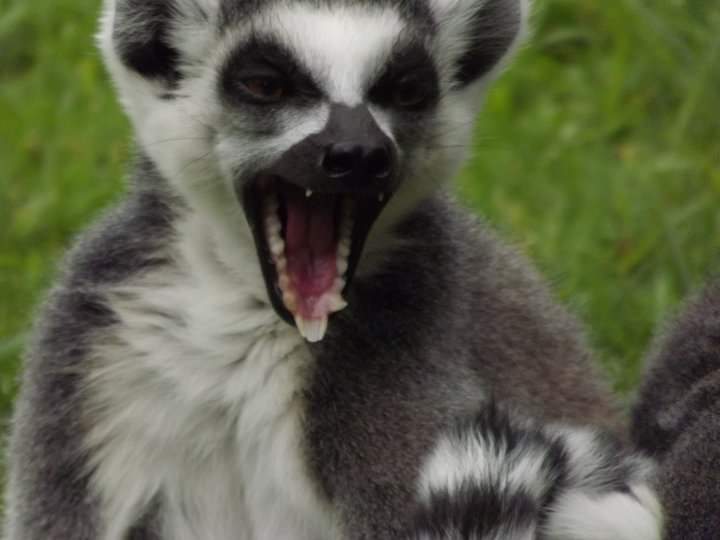
Why not come along to our ringtailed lemur talk at 2:45pm to learn more about our troop of Ring-tails, you can also book an experience with them to get up close and personal.


